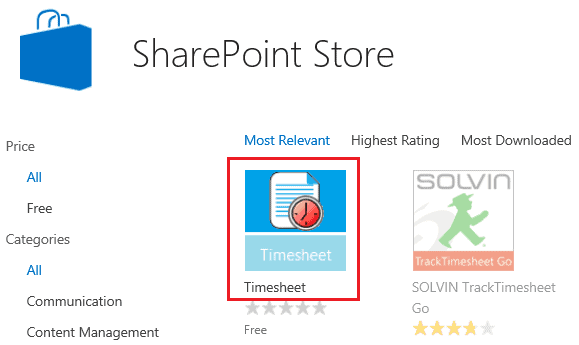SharePoint Timesheet
Term Definition of a SharePoint Timesheet SharePoint Timesheet is a Web-based timesheet solution offered by PSA. This Employee Timesheet and Scheduling Management application leverages SharePoint technology for collaboration, dashboards and reporting. PSA Timesheet is an on-demand solution that works with your SharePoint instance on-premise or on-demand thereby enabling collaboration with team members and customers in […]
Term Definition of a SharePoint Timesheet
SharePoint Timesheet is a Web-based timesheet solution offered by PSA. This Employee Timesheet and Scheduling Management application leverages SharePoint technology for collaboration, dashboards and reporting. PSA Timesheet is an on-demand solution that works with your SharePoint instance on-premise or on-demand thereby enabling collaboration with team members and customers in various locations. SharePoint Timesheet can be used in conjunction with other functions allowing teams to plan projects, book resources, share schedules and work together on virtually any type of project. Project teams share work calendars, access shared resources, track time and costs, and collaborate on projects.
 SharePoint Timesheet is used to plan and assign work as well as to review and approve timesheets. The employee timesheet is used to record time in, time out, start and end time of tasks or simply the duration of a task. A SharePoint Timesheet may contain a detailed breakdown of the work that was accomplished as well as notes by the individual(s) who worked on the task. The information is then used for project accounting, job costing, project tracking, client billing and payroll processing.
SharePoint Timesheet is used to plan and assign work as well as to review and approve timesheets. The employee timesheet is used to record time in, time out, start and end time of tasks or simply the duration of a task. A SharePoint Timesheet may contain a detailed breakdown of the work that was accomplished as well as notes by the individual(s) who worked on the task. The information is then used for project accounting, job costing, project tracking, client billing and payroll processing.
A SharePoint timesheet application includes a variety of out of the box features that substantially facilitates enterprise time tracking such as:
-A timesheet designer that allows users to configure their own timesheet templates. The employee timesheet template lets you define the level of detail you expect in timesheets. For example, an employee timesheet template designed for a billable organization would have client/project/task, notes and hours spent information, per time entry; whereas a timesheet template for your administration group may simply contain the tasks people worked on, and their work start and end time; yet another example would be for an R&D group that reports the percentage of the week they spent on various projects as the only time reporting they are expected to provide.
-Overtime processing rules to account for your corporate policies and any federal/regional wage laws.
-The capability to accrue leave time based on your rules or import leave time balances from other systems and enforce your leave time usage policy at the point of entry.
-A variety of reports and charts so you can analyze project and workforce costs, revenue and project status.
-SharePoint timesheet compatible dashboards and mash-ups so you can easily share timesheet reports throughout the organization.
-Web-based time tracking reduces costs by making payroll, billing and invoicing much more efficient than using spreadsheet-based, custom, manual or disconnected processes. For professional services organizations, tracking time improves cash flow because you can bill faster and provide in-depth real-time reports to your customers.
=In addition to automating cost, payroll and billing processes, SharePoint timesheet data is also used to build a body of knowledge about how much effort is required to deliver various types of services, projects and tasks.
